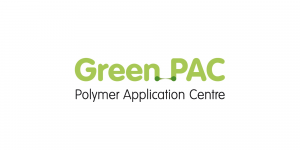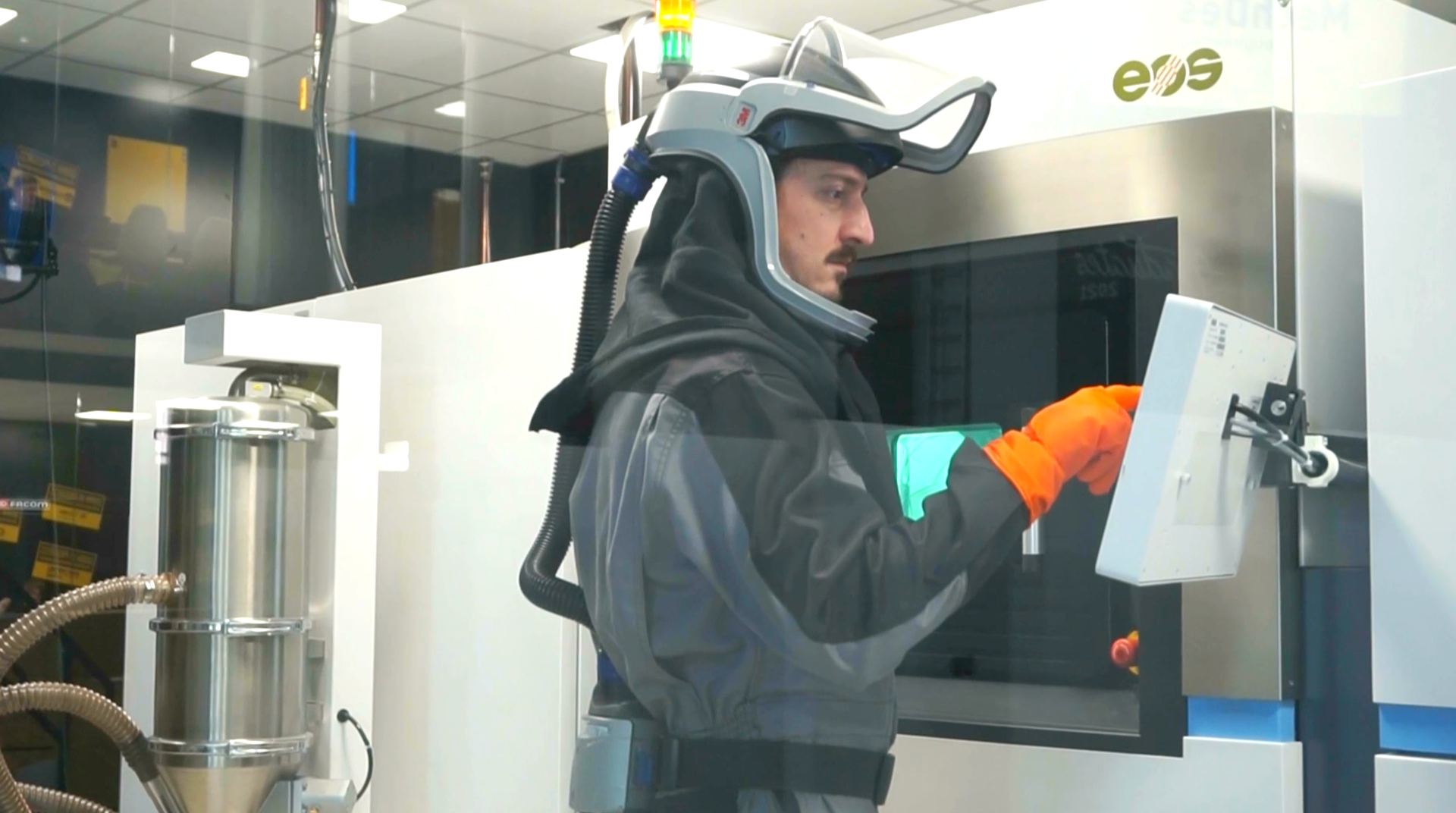3D metal printing, also known as additive manufacturing, is making headway in the industry. The technique is characterised by building up a product layer by layer, with each layer being linked to the next. The knowledge base of Windesheim’s Plastics Technology Group is developing along similar lines. Tommie Stobbe, researcher at the Lectorate: “We started researching and experimenting with 3D metal printing in 2016. Extensive literature or ready-made manuals were limited. Our knowledge is constantly expanding and we are developing concrete applications. 3D metal printing technology has enormous potential.”
On Wednesday 30 March, Tommie and his fellow researchers presented their project results at Perron038.
Zwolle hub for 3D metal printing
Tommie himself first became acquainted with 3D metal printing in 2016, at the Technicampus in Deventer. “As a lectureship, we started developing and sharing knowledge about the technology with a cluster of companies. A few years later, we got the chance to buy our own printer. This is at Perron038.” Together with Perron038, the professorship started the AMBITION/GreenPAC project. This practice-oriented research project aims to develop a hub here in Zwolle, a place to gain experience with 3D metal printing and to unlock knowledge and skills for the business world.
Getting started in a moon suit
Buying a 3D metal printer is one thing, being able to work with it is another. After a full week of training, Tommie and his fellow researchers Martijn, Paul and Mark were qualified to use the printer. “We learned how to operate the machine, but especially how to deal with safety. The printer prints with a very fine aluminium powder and in that form it is a toxic material. The powder can enter your bloodstream on contact with your skin. That’s why it’s very important that you know exactly what you’re doing and we wear protective clothing. A sort of moon suit.”
Prior to printing, the design process takes place. “We help partners with the smart application of the technology and the elaboration of designs. Everything starts with a company’s problem. We try to solve it with a concrete design and object. In this way, the company acquires knowledge, but so do we as a centre of excellence. That knowledge is very broad: from design and simulation tools to the actual printing process or the finishing process. Of course, we also look at the costs and the business case.” The lectorate bundles the knowledge it acquires and then shares it with lecturers, students and a larger group of companies.
Easy experimentation and knowledge sharing
According to Tommie, there are few people in the Netherlands who can work and experiment with this technology so freely and easily. “I am amazed at how much we have already learned about this technology! We are working on very concrete business issues, but without the hard pressure of running a business. That is what makes working for our research group so cool and special. As an engineer, technologies like these make my heart beat faster and being able to do this work so close to home is ideal.”
That 3D metal printing has potential for various industries Tommie and his colleagues saw confirmed at Formnext, an international technology fair in Frankfurt. “Here we saw many applications of the technique and were able to show our own developed products. The problem is that companies often don’t have the time or budget to take on research into this technology on their own. That is precisely what we want to respond to. From simple machine parts or moulds to the design of high-end grippers for robots: we can get to work on various issues. We then pass on the knowledge to the engineers, so that the companies themselves can identify and develop applications more often.”
The next step
The two-year AMBITION project will be concluded in March. The results will be shared with a broad audience during a major event on Wednesday 30 March. Tommie: “We have found that aluminium can be a very good application for products in heat applications, such as heat exchangers and coolers. This is an important theme in the context of energy transition and a reason for us to continue in the next project. So: does your company have an issue on this topic that we can investigate? We’d love to hear about it!
PROJECT AMBITION-ZWOLLE
Within this project Windesheim and Perron038 develop applicable knowledge and experience for the (SME) manufacturing industry. The Additive Manufacturing Hub, in which the 3D metal printer is central, offers companies the opportunity to develop product-specific knowledge.
AMBITION-Zwolle is a Green PAC project and receives a subsidy from the Province of Overijssel that makes the implementation of the project possible.




